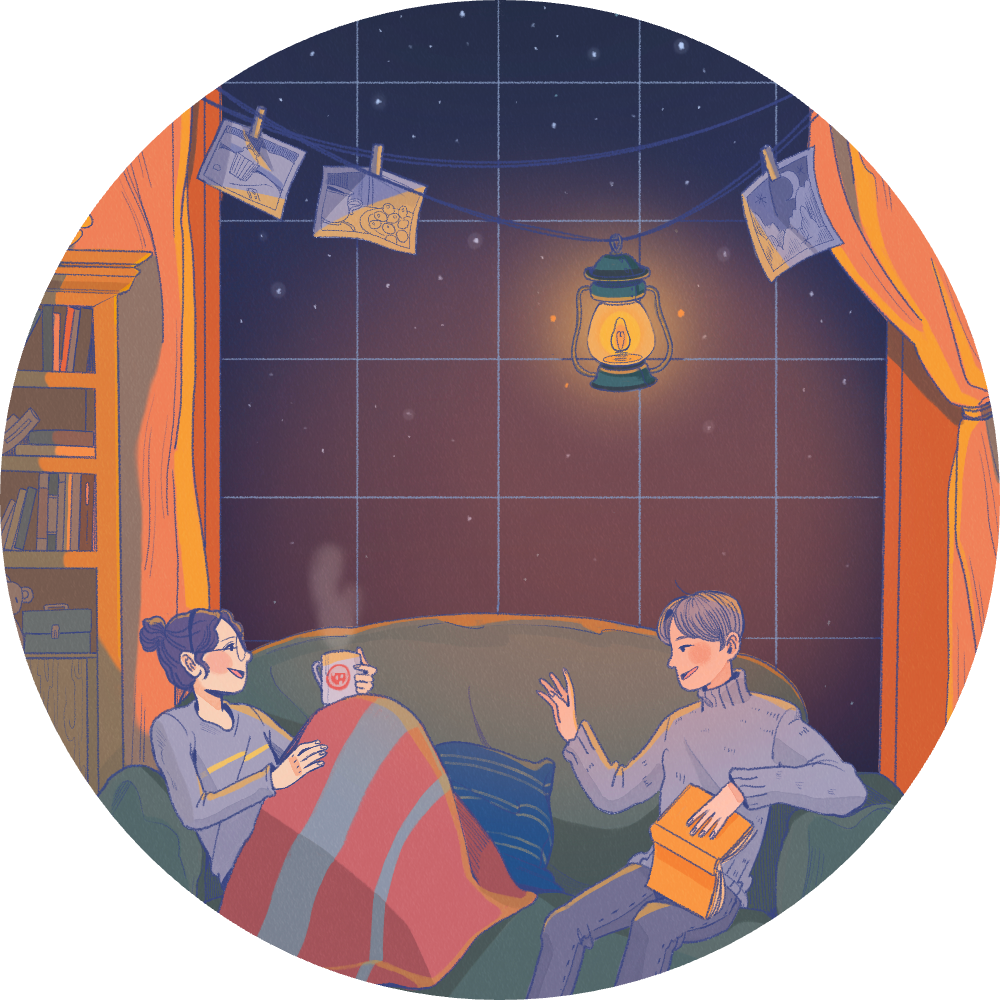1. The McGurk Effect (1976)
2. How modalities can affect/intersect between each other? (4 Potential Scenarios)
- Multimodal redundancy: Each modality data is redundant to each other
- Multimodal enhancement: The intersection between modalities helps to reach the task more effectively
- Multimodal non-redundancy: Each modality complements each other
- Multimodal dominance: One modality dominates the other modality
3. Core Challenges
- Representation
- Learning how to represent and summarize in such a way that exploits the complementarity and redundancy of each modality is complex, specially when we are dealing with heterogeneous data.
- For example, audio waveforms need to be represented as a sequence of symbols (digital audio signals).
- Sound wave: They are similar to water waves. It follows a cycle where the wave starts, continues and ends with the start of the next wave. Sound waves behave similarly but in the air and we cannot see them.
- Frequency: Represents the number of wave cycles that occur in one second. We can only here frequencies from 20 cycles to 20K cycles. Everything below or over, we cannot here it.
- Pitch: Most sounds transmit with a complex array of frequencies. The pitch is the relative highness or lowness of a frequency.
- For example, audio waveforms need to be represented as a sequence of symbols (digital audio signals).
- Three ways
- join or fusion
- representation A + B
- coordination
- reprensentation A, representation B => coordination
- ex. training: multi-modalities / inference: single modality (e.g. translation)
- During the Training, we use text representation to enhance the audio representation.
- During the Inference, we have only the audio usable.
- fission
- multiple of representations of the combination
- join or fusion


- Bilinear fusion: It losses the univariate of the feature or the representation of the uni-modal as the result.
- How can we preserve the representations of the uni-model?
- Tensor fusions comes in the way.
- Tensor fusion's first column and last row preserves the representations of the uni-modal. And the rest of the features capture all the possibility of the combinations between two modalities.
- Of course, there are a tons of fusions:
- Low-rank fusion, Gated fusion, High-order polynomial fusion, Trimodal fusion, Modality-shifting fusion, Dynamic fusion, Nonlinear fusion, etc.
- For more detailed implementation of different types of fusion, please refer to the link at here.
- Alignment
- Identify the direct relations between elements from two or more different modalities.
- Most modalities have internal structures with multiple elements. These structures can have different sources:
- Temporal structures (ex. video & images)
- Spatial structures
- Hierarchical structures
- Explicit Alignment: Find correspondences between elements of different modalities.
- ex. Align each frame of a video with its correspondent text sentences.
- Implicit Alignment: Leveraging internally latent alignment of modalities to better solve a different problem
- ex. Visual question answering applications
- Attention mechanism comes in handy in the scenario.
- Translation
- It refers to the process of translating data from one modality to another.
- ex. sentence to image models
- Fusion
- It refers to the process of joining data/information from two or more modalities to perform prediction tasks.
- Two general approaches: model agnostic and model based approaches.
- Model Agnostic can be subdivided between early and late fusion. Basically they use uni-modal models and they are easy to implement (ex. concatenation).
- Early fusion/concatenation: Basically we concatenate the encoding of each representation of each modality.
- Late fusion: We perform the prediction/inference task for each modality and we apply majority vote between each prediction to determine the final prediction.
- Model based approaches can be subdivided into kernel-based methods, graphical models and neural networks.
- Model Agnostic can be subdivided between early and late fusion. Basically they use uni-modal models and they are easy to implement (ex. concatenation).
- Co-learning
- It refers to the process of transfer knowledge between modalities, including their representations and predictive models. (similar to Knowledge Distillation)
- Two main trends based on the training process: Parallel and Non-Parallel co-learning.

* Lecture note from Fastcampus Lecture: "[The RED] Deep Multimodal Learning Introduction"
'개발일지 > AI' 카테고리의 다른 글
| [Paper Review] Open FinLLM Leaderboard: Towards Financial AI Readiness (0) | 2025.03.15 |
|---|---|
| [Quantization] 이론 이해 및 정리 (0) | 2024.10.01 |
